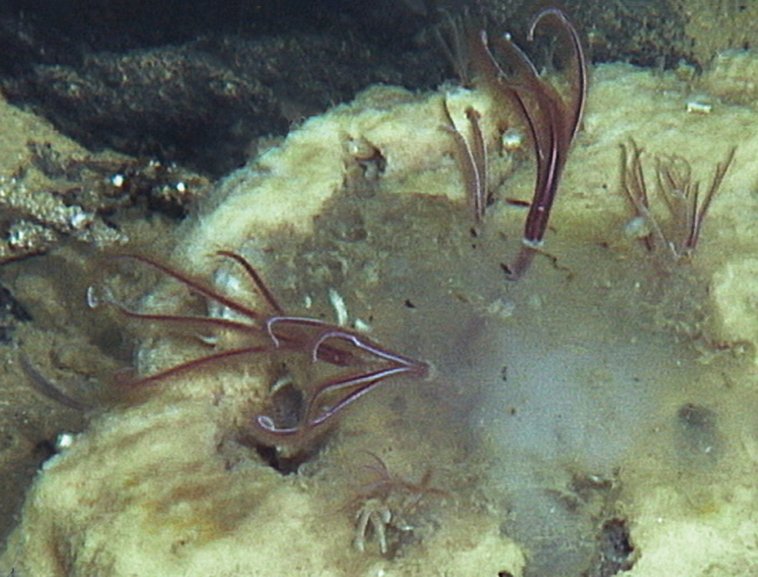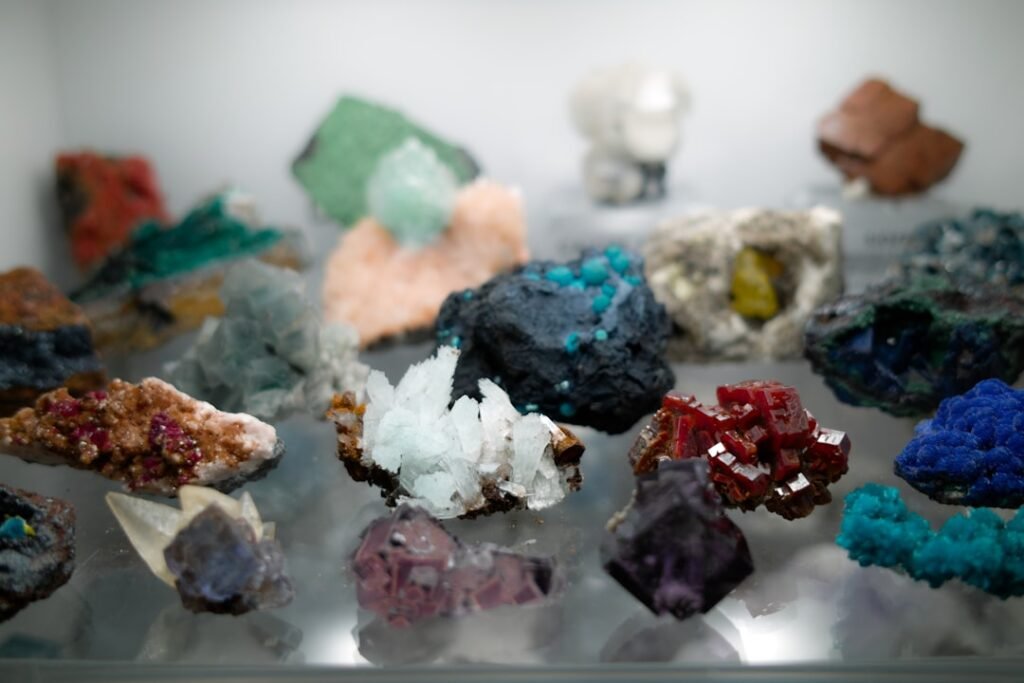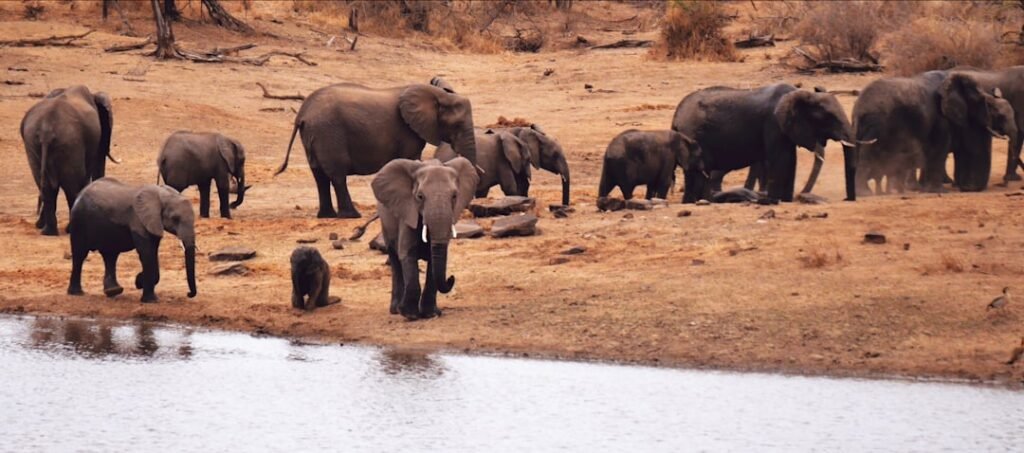Long before whales ruled the oceans, ancient bone-eating worms were already thriving on the seafloor, feasting on the skeletons of marine reptiles like mosasaurs, ichthyosaurs, and plesiosaurs. New fossil evidence reveals that these specialized worms, similar to modern Osedax, were boring into bones over 100 million years ago, leaving behind distinctive burrows that mark one of the ocean’s oldest recycling systems.
Fossil Clues in Ancient Bones
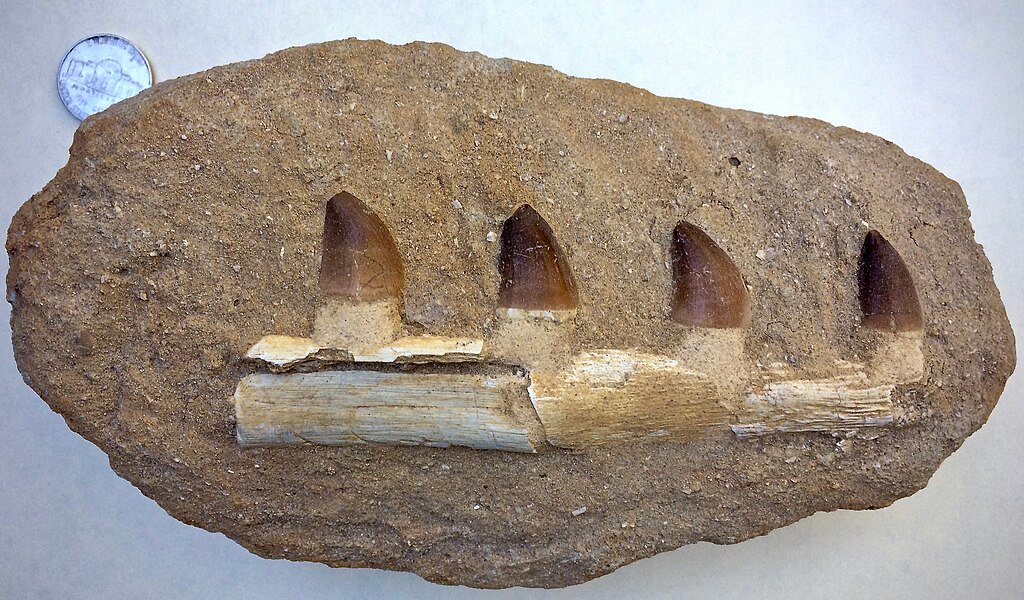
Researchers examined marine reptile fossils from the Cretaceous period and identified seven distinct types of boreholes etched into the bones. These burrows closely resemble those made by modern Osedax worms, which use symbiotic bacteria to break down bone tissue and absorb nutrients. Although no body fossils of the worms were found, the trace evidence strongly suggests their presence in ancient seas.
A Legacy Older Than Whales
Today, Osedax worms are known for colonizing whale falls, carcasses that sink to the ocean floor. But this study shows that their ancestors were already active during the Mesozoic, long before whales evolved. These worms likely played a similar ecological role, breaking down the bones of giant marine reptiles and supporting deep-sea communities in nutrient-poor environments.
How Bone Worms Feed
Unlike most animals, Osedax worms have no mouth or stomach. Instead, they rely on root-like structures that penetrate bone and house bacteria capable of digesting fats and proteins. This unique feeding strategy allows them to thrive on skeletal remains scattered across the ocean floor, from shallow waters to abyssal depths.
Conclusion
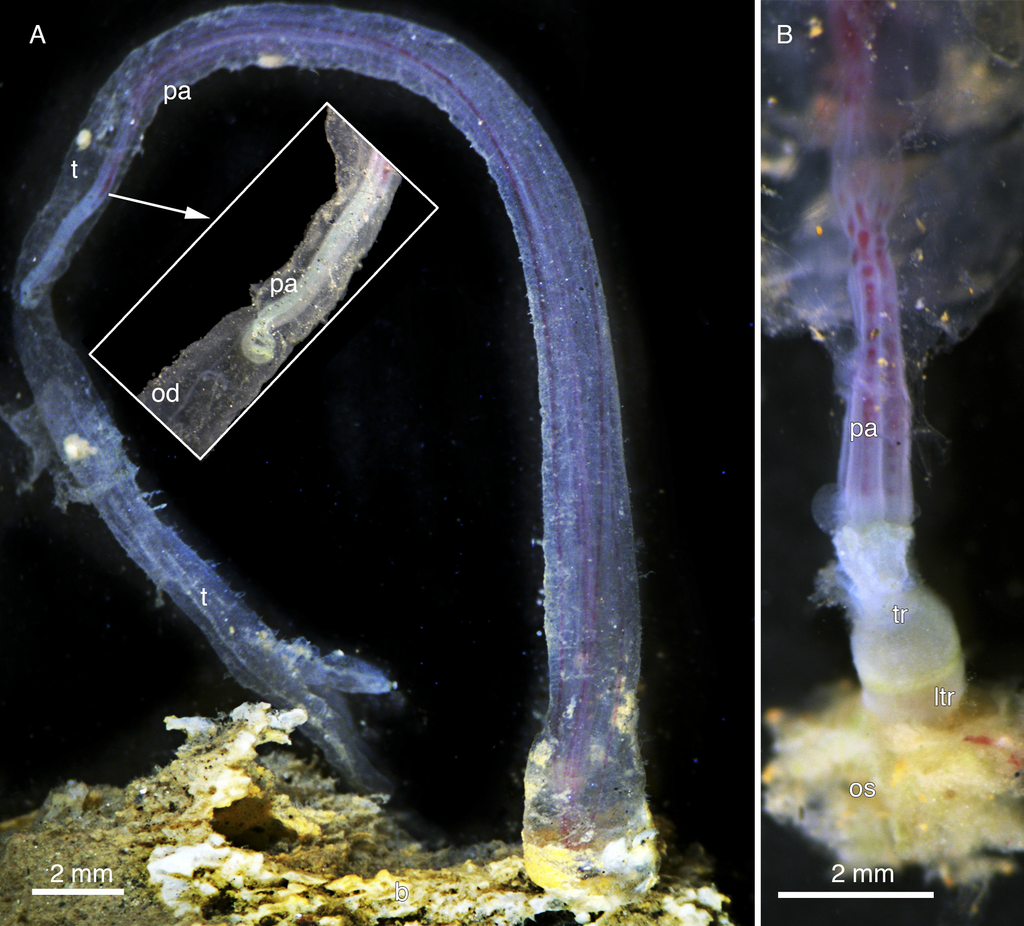
The discovery of ancient bone-eating worm traces on marine reptile fossils pushes back the evolutionary timeline of these bizarre creatures and highlights their long-standing role in ocean nutrient cycling. From plesiosaurs to whales, the bones of giants have sustained these recyclers for over 100 million years, leaving behind a hidden history etched in fossilized bone.
Source:


